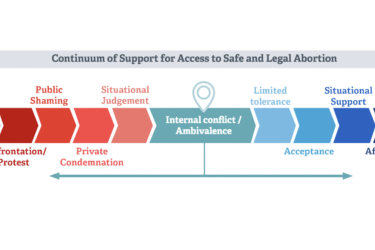
In light of the mass shooting in Orlando, many journalists covering the event will need access to statistics on firearms, legislation, past mass shootings and related information to add context to their posts. It’s often challenging to find this information, and all of the reported data has flaws in methodology or data collection.
Even though it can be tricky to find reliable stats related to firearms and firearm injuries and deaths, journalists can compile a pretty good big picture by visiting several sites and pooling their data. Here are some data resources compiled from AHCJ’s Medical Studies Core Topic.
In addition, for those wanting to understand the bigger picture, read detailed analyses of studies, arguments, counterarguments and reports, and to gain a stronghold on how these arguments intersect, the excellent evidence-based blog Armed With Reason can be a helpful place to start.
For basic numbers, the best starting place is the CDC’s FastStats Injuries page, where you can download tables that break down firearm deaths and injuries by age and other demographics. The injuries here, however, are an underestimate since not all firearm-related injuries are reported (especially not those in which a person didn’t seek medical attention).
The FBI’s National Instant Criminal Background Check System provides data on the number of background checks that NICS conducts monthly in the United States, but they can’t be used as a proxy for sales since a background check may occur without a sale or a private transaction may occur without a background check. It also includes the numbers for federal denials according to the reasons.
Then, the FBI’s Uniform Crime Reports offers several tabs, including “Violent Crime,” “Murder” and “Expanded Homicide,” but it’s important to note these stats are underreported and sometimes inconsistent. For example, both Florida and Alabama report the total number of homicides in their state but without breaking it down by weapon (downloadable with Excel) or mode.
The Bureau of Justice Statistics offers information on background checks for transfers, stolen firearms, homicide trends and other data. For mass shootings, no state or federal agency tracks these consistently, but the Gun Violence Archive on Mass Shootings is a good place to start. It also provides a Creative Commons map and a description of methodology. Everytown for Gun Safety, the advocacy group that grew out of the Newtown tragedy at Sandy Hook Elementary School, has also posted an Analysis of Mass Shootings with some great infographics.
Finally, the overall site of Gun Violence Archive pulls together probably the most comprehensive stats you’ll find. This nonprofit, nonpartisan group compiles data from a wide range of state and federal reported data, and the site transparently describes all its methodology.










